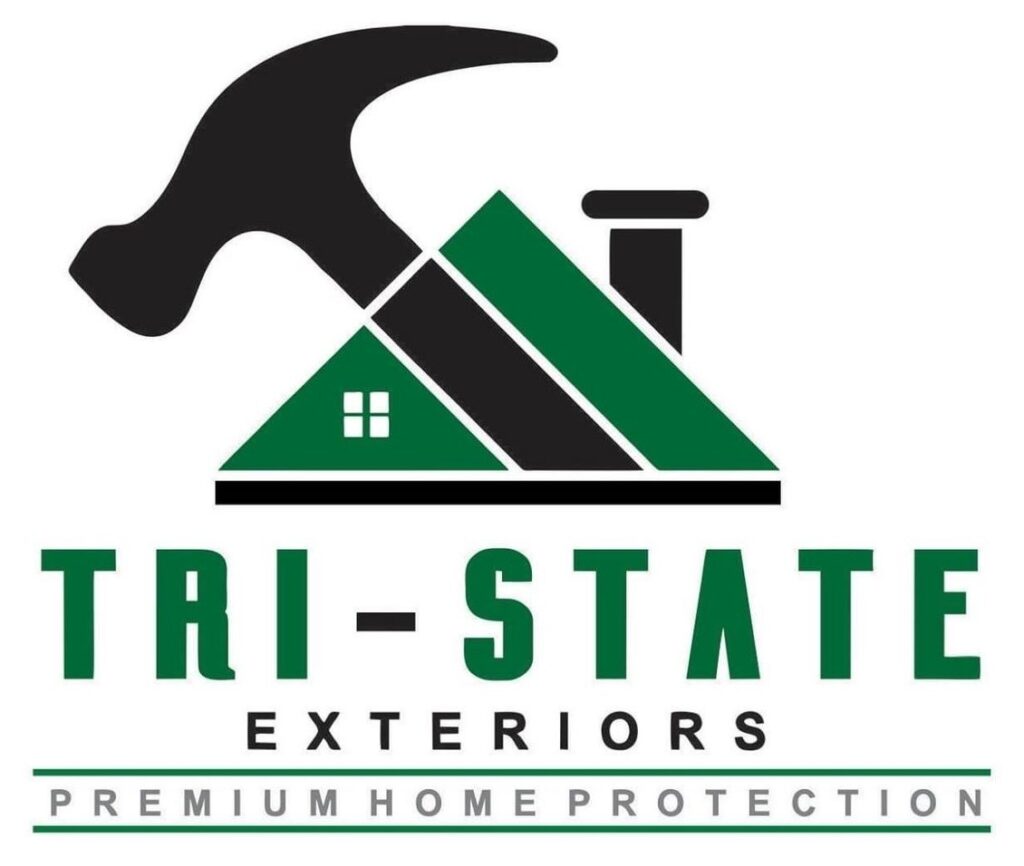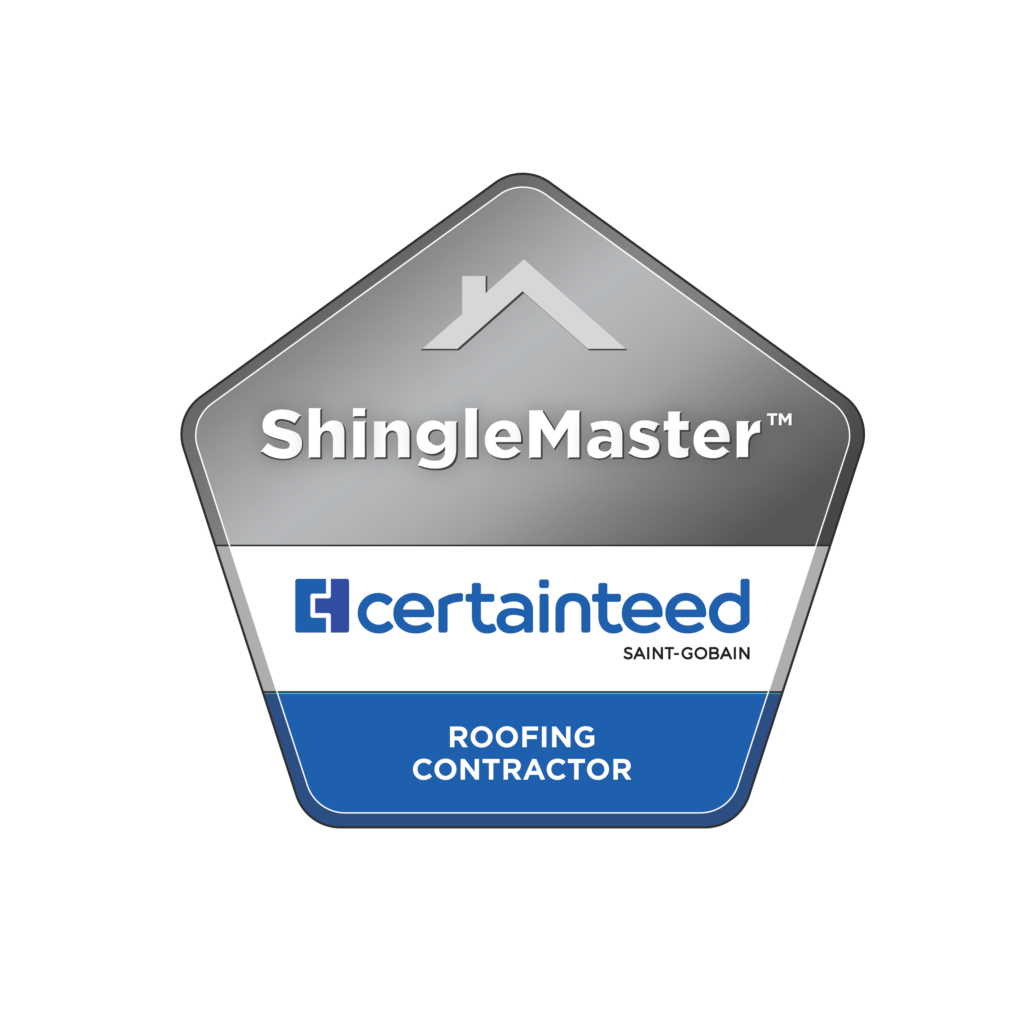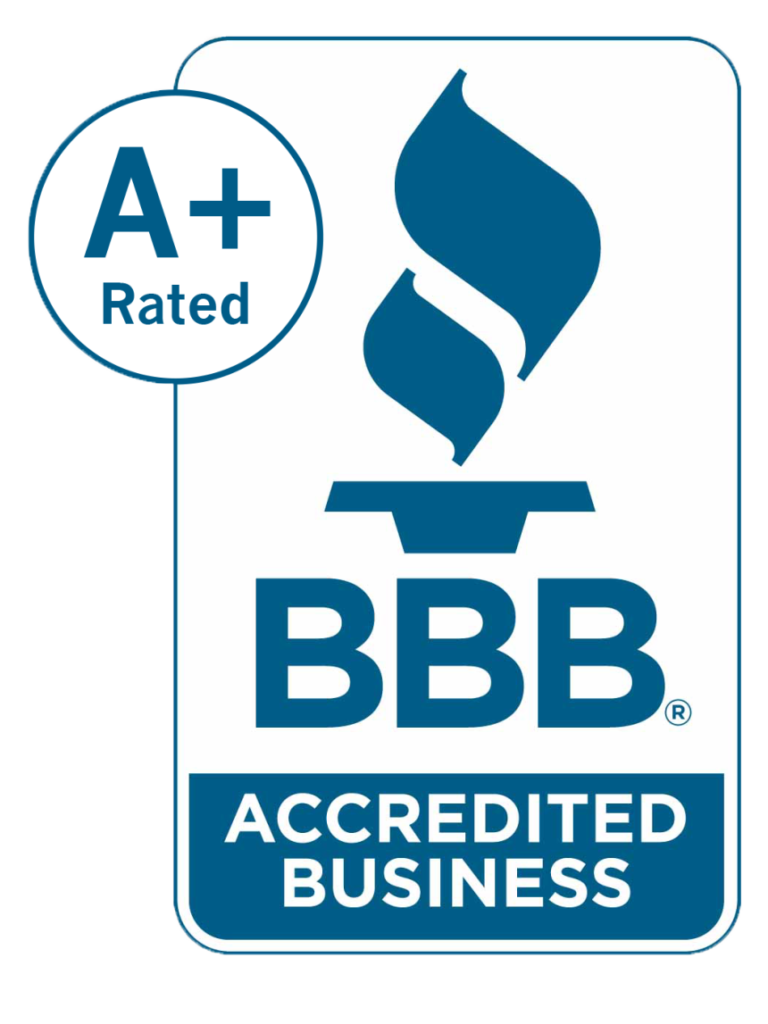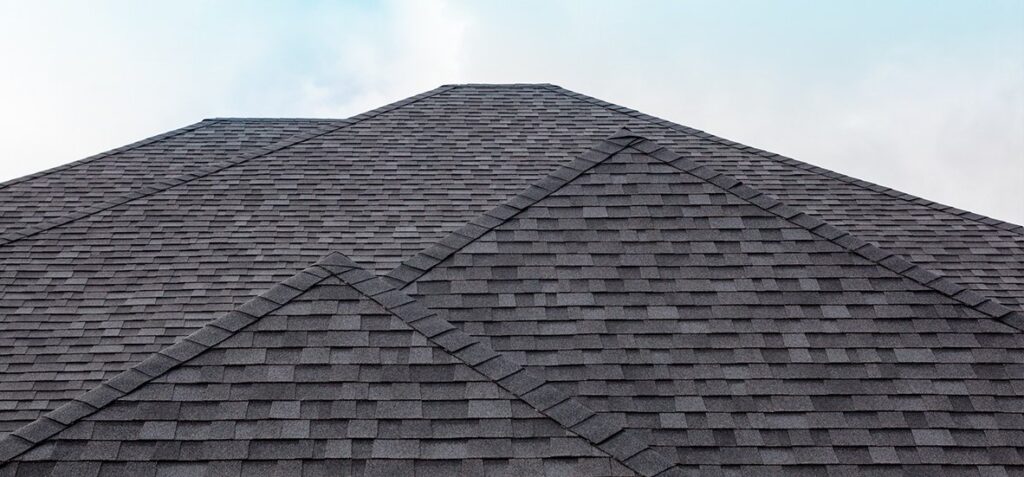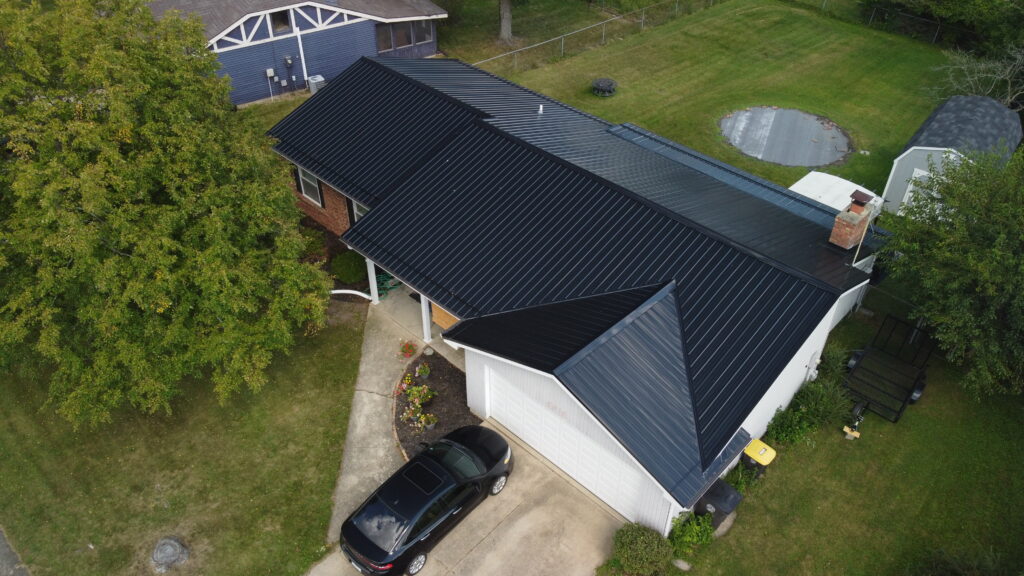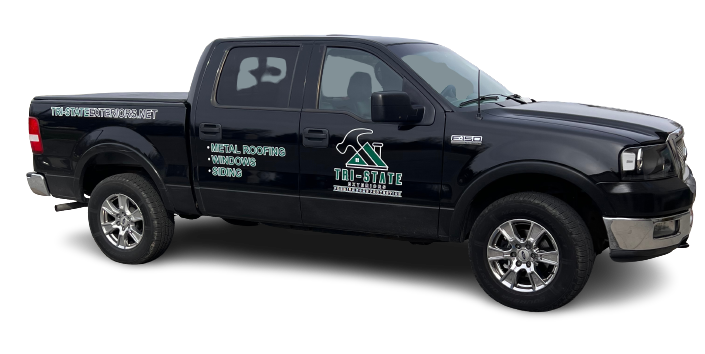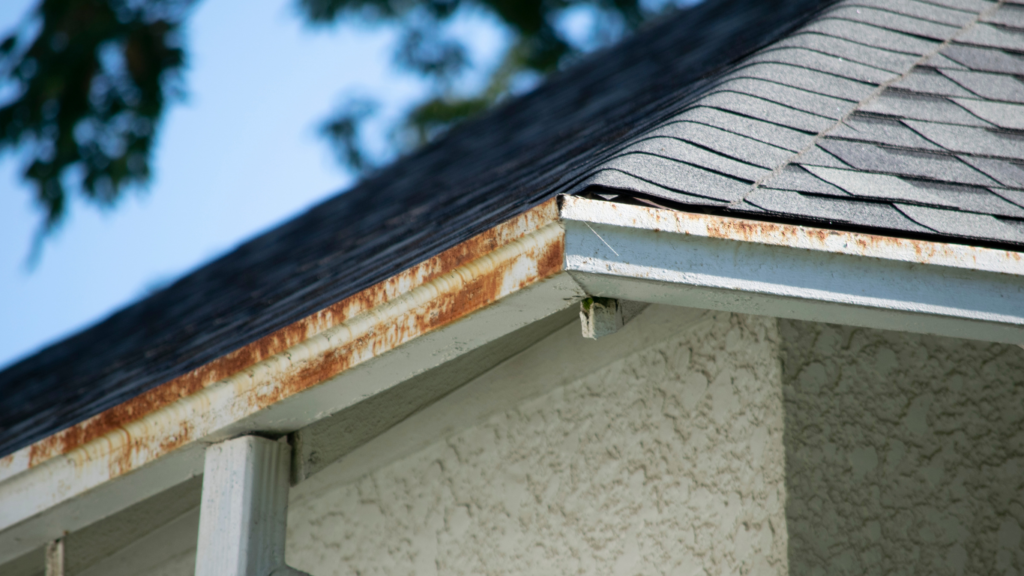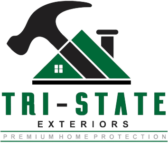Frequently Asked Questions
Tri-State Exteriors exclusively uses Galvalume for its metal roofs. Galvalume is a popular choice for metal roofing due to its numerous benefits. Galvalume is a coated steel product that combines the corrosion resistance of aluminum with the durability of zinc. It is a patented alloy composed of 55% aluminum, 43.5% zinc, and 1.5% silicon.
Benefits of Galvalume for metal roofing include:
Corrosion Resistance: Galvalume provides excellent corrosion resistance, protecting the metal roof from rust and corrosion over time. This makes it a durable and long-lasting material for roofing.
Longevity: The combination of aluminum, zinc, and silicon in Galvalume enhances the lifespan of the metal roof. It can withstand harsh weather conditions, UV rays, and other environmental factors, contributing to its longevity.
Heat Reflectivity: Galvalume-coated metal roofs have high solar reflectance, meaning they reflect a significant amount of the sun’s heat. This can help in reducing cooling costs for buildings, especially in hot climates.
Aesthetic Appeal: Galvalume metal roofs have a sleek and modern appearance, adding aesthetic value to the building. They come in a variety of colors and finishes, providing design flexibility to suit different architectural styles.
Lightweight: Galvalume metal roofing is lightweight compared to some other roofing materials, reducing the overall structural load on the building.
Recyclability: Galvalume is environmentally friendly as it is fully recyclable. At the end of its long life, the material can be recycled, contributing to sustainable construction practices.
By using Galvalume, Tri-State Exteriors ensures that their metal roofs offer a combination of durability, aesthetics, and environmental sustainability, making it a reliable choice for roofing needs.
Metal roofs can last 50 years or more, depending on the type of metal and the quality of installation. Learn more here.
While it’s challenging to provide a one-size-fits-all answer to the question of how much a new roof costs, Tri-State Exteriors is committed to transparency. Our experienced team conducts thorough assessments, considering all relevant factors, to provide you with a detailed and accurate estimate for your unique roofing project.
Look out for signs such as missing or damaged shingles, leaks, water stains on the ceiling, sagging areas, or visible wear and tear. If you notice any of these issues, it’s time to assess your roof’s condition.
Common signs include water stains on ceilings, curled or missing shingles, granule loss, moss or algae growth, and visible damage to flashing or seals around chimneys and vents.
It depends on the extent of the damage. Minor issues like a few missing shingles or a small leak may be repairable. However, extensive damage, multiple leaks, or an old roof may require replacement.
Consult with a professional roofing contractor for a thorough inspection. They can assess the overall condition of your roof, identify specific issues, and provide recommendations for repair or replacement based on their findings.
The lifespan of a roof varies depending on the materials used and environmental factors. Asphalt shingle roofs typically last 20-30 years, while metal, tile, or slate roofs can last 50 years or more. Regular maintenance can extend the lifespan of any roof.
Repairing a roof is often more cost-effective than replacement. It addresses specific issues without the need for a complete overhaul. Additionally, timely repairs can prevent further damage and extend the life of your roof.
Consider replacement if your roof is nearing the end of its expected lifespan, has extensive damage, or if repairs are becoming frequent and costly. Upgrading to a more durable material or improving insulation can also be reasons for replacement.
Costs vary based on factors like the type of roofing material, the extent of damage, and local labor rates. It’s recommended to obtain quotes from reputable roofing contractors to get accurate estimates for your specific situation.
While minor repairs like replacing a few shingles may be DIY-friendly, it’s advisable to consult a professional for a comprehensive inspection and any significant repairs. They have the expertise and equipment to ensure the job is done correctly and safely.
Regular inspections are crucial for proactive maintenance. Aim for at least an annual inspection, especially after severe weather events. Additionally, consider inspections before and after winter to address any potential issues before they worsen.
